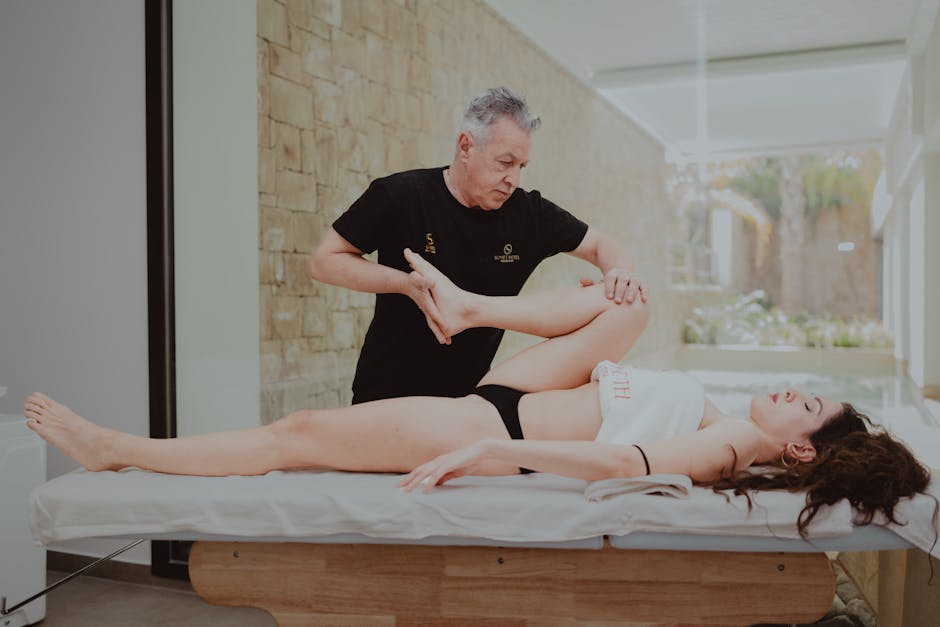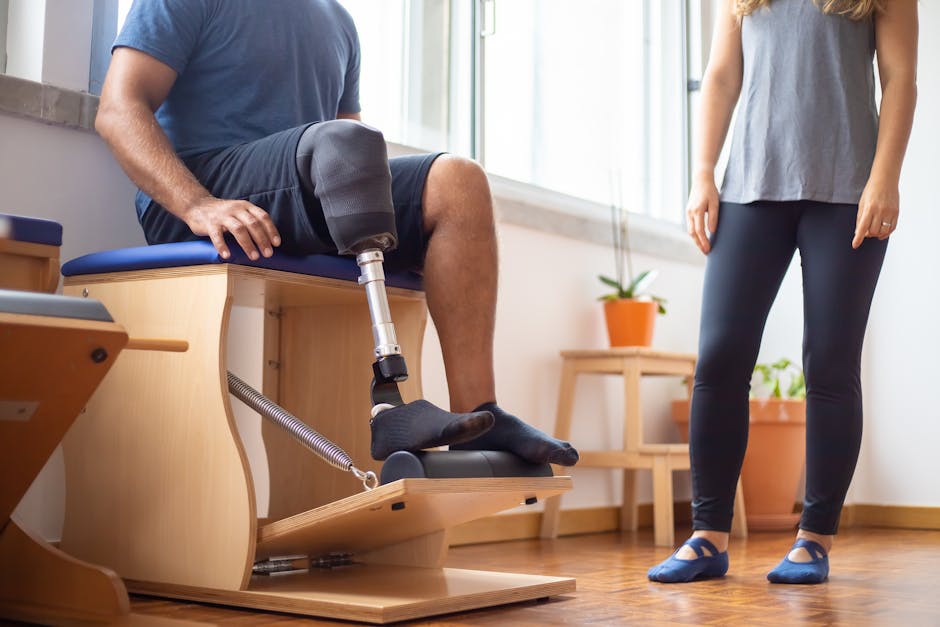The Role of Exercise in Recovery
Recovery is a journey that many individuals embark upon at different points in their lives. Whether it’s recovering from an injury, surgery, addiction, or mental health issues, the process can be challenging and complex. While there are various approaches to aid in recovery, one powerful tool that often goes overlooked is exercise. In this comprehensive guide, we will delve into the fascinating world of exercise and its role in recovery. We will explore the various ways in which physical activity can support and enhance the recovery process, drawing on research, case studies, and expert insights to provide a deep understanding of this important topic.
The Benefits of Exercise in Recovery

Exercise has long been touted for its numerous health benefits, from improving cardiovascular fitness to boosting mood and mental well-being. When it comes to recovery, the benefits of exercise are equally profound. Physical activity can help speed up the recovery process by promoting circulation, reducing inflammation, and strengthening muscles. In the case of injuries, exercise can also help improve flexibility, range of motion, and overall physical function. Moreover, engaging in regular exercise can have a positive impact on mental health, reducing symptoms of anxiety and depression that often accompany the recovery journey.
The Science Behind Exercise and Recovery

Research has shown that exercise has a direct impact on the body’s ability to heal and recover from various ailments. When we engage in physical activity, our bodies release endorphins, which are known as “feel-good” hormones that can help alleviate pain and improve mood. Additionally, exercise has been shown to reduce levels of stress hormones such as cortisol, which can hinder the body’s ability to heal. By promoting circulation and oxygen flow, exercise also plays a crucial role in delivering nutrients to injured tissues and removing waste products, thereby accelerating the healing process.
Types of Exercise for Different Recovery Needs

Not all forms of exercise are created equal when it comes to recovery. Depending on the type of injury or condition, certain types of exercise may be more beneficial than others. For instance, individuals recovering from orthopedic injuries may benefit from low-impact activities like swimming or cycling, whereas those recovering from cardiovascular issues may require more aerobic exercises like running or brisk walking. It’s essential to tailor the type and intensity of exercise to the specific needs of each individual to ensure optimal recovery outcomes.
Exercise as a Complementary Treatment in Recovery

Exercise is often used as a complementary treatment alongside other conventional therapies in the recovery process. For example, individuals undergoing substance abuse treatment may benefit from incorporating exercise into their recovery plan to reduce cravings, improve mood, and enhance overall well-being. Similarly, those recovering from surgery or medical procedures can benefit from targeted exercises that help them regain strength, mobility, and function. By integrating exercise into a comprehensive recovery plan, individuals can experience holistic healing that addresses both the physical and mental aspects of recovery.
The Role of Exercise in Mental Health Recovery
Mental health recovery is a journey that requires a multifaceted approach, and exercise can play a crucial role in this process. Studies have shown that regular physical activity can help alleviate symptoms of depression, anxiety, and other mental health conditions by releasing endorphins and reducing stress hormones. Exercise can also improve cognitive function, memory, and overall brain health, which are essential for individuals recovering from mental health challenges. By incorporating exercise into their routine, individuals can enhance their mental well-being and support their overall recovery journey.
Challenges and Controversies in Using Exercise for Recovery
While exercise has numerous benefits for recovery, there are also challenges and controversies surrounding its use in certain situations. For example, individuals with chronic pain or mobility issues may find it challenging to engage in regular exercise due to physical limitations. In such cases, it’s essential to work with healthcare professionals to develop tailored exercise programs that address specific needs and ensure safety. Additionally, there may be misconceptions or myths about the role of exercise in recovery that need to be addressed to promote a better understanding of its benefits and limitations.
Integrating Exercise into Long-Term Recovery Plans
For many individuals, recovery is not a one-time event but a lifelong journey that requires ongoing support and maintenance. Integrating exercise into long-term recovery plans can help individuals stay healthy, active, and resilient in the face of challenges. By establishing healthy exercise habits and routines, individuals can build strength, endurance, and resilience that will serve them well in their recovery journey. Whether it’s through regular gym sessions, yoga classes, or outdoor activities, finding ways to stay active and engaged can enhance the quality of life and support long-term recovery goals.
Common Misconceptions About Exercise and Recovery
One common misconception about exercise and recovery is that intense workouts are always beneficial for healing. In reality, overexerting oneself can actually hinder the recovery process by causing further injury or exacerbating existing conditions. It’s essential to strike a balance between challenging oneself and listening to the body’s signals to avoid setbacks. Another misconception is that exercise is only beneficial for physical recovery, when in fact, it can have profound effects on mental health and overall well-being. By addressing these misconceptions and promoting a more nuanced understanding of the role of exercise in recovery, individuals can make informed choices that support their healing journey.
Conclusion
To wrap things up, exercise plays a vital role in the recovery process by promoting physical healing, mental well-being, and overall resilience. Whether recovering from an injury, surgery, addiction, or mental health issues, incorporating exercise into a comprehensive recovery plan can enhance the healing journey and support long-term recovery goals. By understanding the science behind exercise and recovery, tailoring exercise programs to specific needs, and addressing misconceptions about its use, individuals can harness the power of physical activity to aid in their recovery journey. Remember, the road to recovery may be challenging, but with exercise as a companion, the possibilities for healing and growth are endless.




